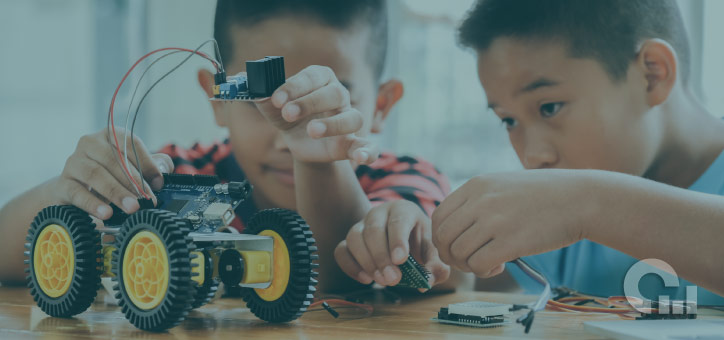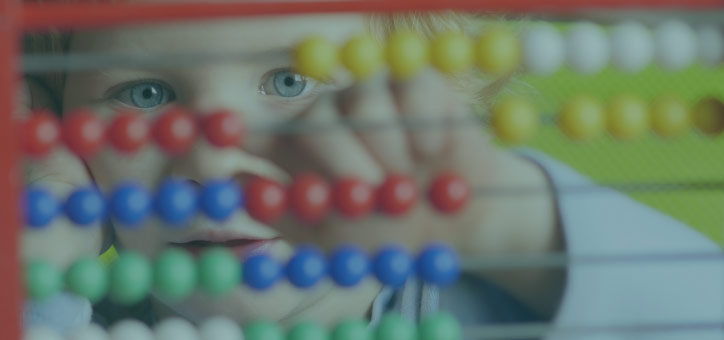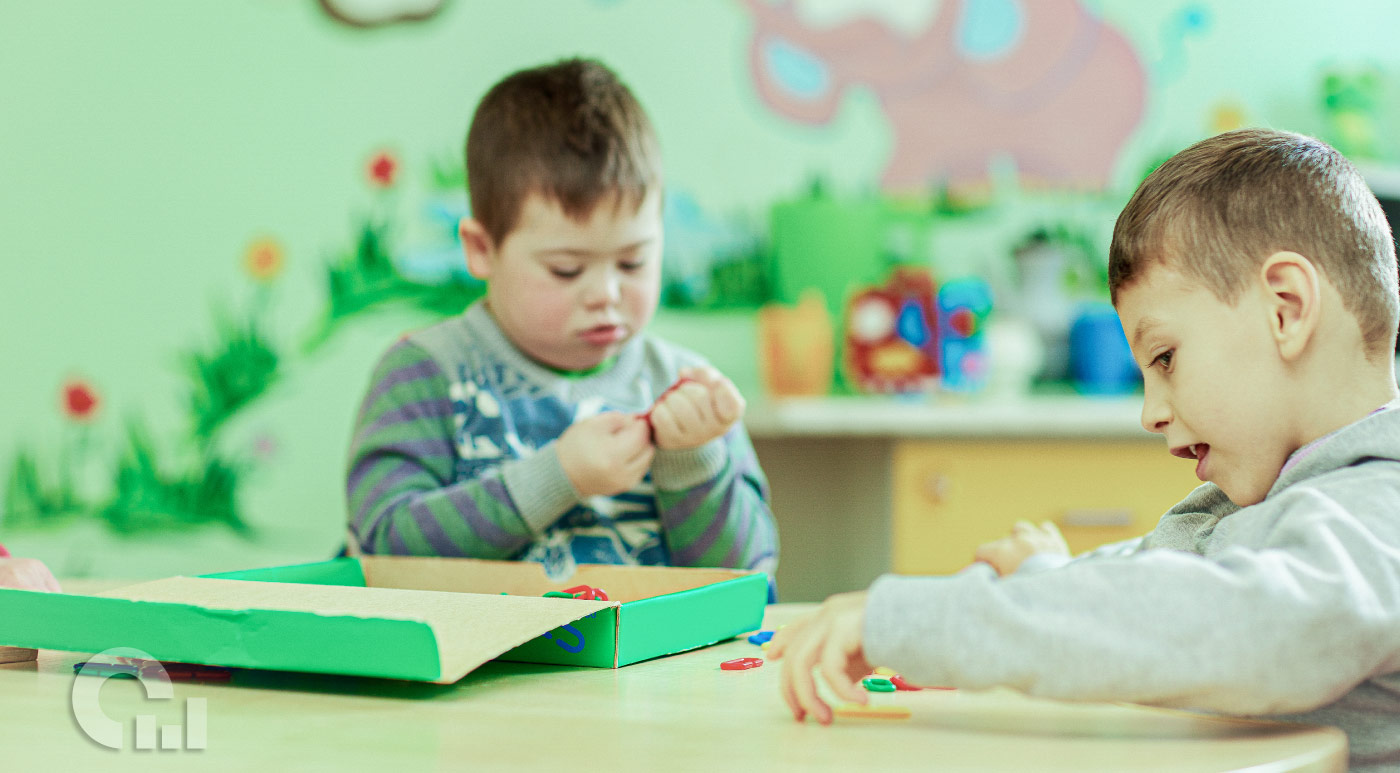Any solid early childhood education program will seek to teach you all about different teaching strategies, and the project approach will most likely be one of them.
Resting on certain assumptions about the mind of a young learner, which we’ll elaborate on a bit later, the project approach is both new and innovative, but also firmly rooted in teaching tradition.
In this article, we’ll tell you all you need to know about this approach, as well as why it might be useful for you once you are finally leading a classroom of your own. Until then, with this information, you’ll be a step ahead of your classmates in any early childhood education degree program.
The goal of the project approach is to provide a framework for education. Through this thorough yet adaptable set of ground rules, young students become invested in their own education and motivated to pursue their own areas of interest in the classroom and beyond.
What Is a Project Approach?

The project approach sees teaching as an interactive process. It lets students play a role in selecting a real-world topic to explore, which then naturally makes the student more invested in their own educational outcomes. It’s important to note that the project approach is most often used at the preschool, elementary, and middle school grade levels, and it’s only just one part of a curriculum, used along many other teaching strategies, such as systematic instruction.
The project approach rests on the assumption that just like society, education should also be democratic, and educating students with the project approach helps them become better citizens within a democratic society. Its goals don’t rest solely with academic knowledge, but instead, the project approach fosters the whole child, setting them up for a lifetime of health, happiness, and success.
Here are some additional beliefs and assertions integral to the project approach:
- All children want to learn and come to school interested in understanding their own experiences in the world.
- The purpose of school is to teach students how to succeed in life, not just how to get by in a classroom.
- Teachers are facilitators, guiding students as they explore and construct their own lives and educational experiences.
- Each student has their own set of interests, strengths, and beliefs rooted in their own unique background.
- Through these differences, students learn from one another and grow as individuals.
- Learning is best through hands-on experience and first-hand observation, as well as systematic instruction and personal reflection.
The project approach also believes that teaching is an interactive process, and that classrooms are a flexible, interactive space that should remain responsive to the needs of a student.
Above all, the project approach asserts that while academic skills and knowledge are important, they are no more or less important than social and emotional skills.
Educational Outcomes of the Project Approach
The project approach fosters critical thinking, creativity, and collaboration. It also allows for better integration of technology in the classroom, helping students work at their own pace. Doing so fosters self-esteem and self-worth in each child. These are just a few of the numerous positive outcomes when this approach is employed.
Furthermore, the project approach builds upon a child’s natural sense of social justice, while improving research skills and first-hand observations and experiences. Through a variety of media, the project approach will hone communication skills and literacy while integrating aptitudes from a variety of disciplines.
Project Examples

With the project approach, each task should have a beginning, middle, and end — just like a good storyline. This also allows students to grow through the course of the project.
Here are some examples of projects suitable for the project approach:
Dog Project
Developed at The Philadelphia School, the Dog Project encourages students to perform fieldwork as well as other forms of research. With this project, students use technology and other resources to explore the subject matter, and it’s all scaffolded by the common interest many children have in dogs.
A Study of Bones
Developed and implemented at the Eton School in Mexico City, the Study of Bones helps students learn all about the human body and skeletal system through a mix of personal experience, medical technology, and access to the broader medical community.
Bug Project
Originating from a mixed-age summer camp, the Bug Project integrates standards from the Maryland State curriculum with many children’s natural fascination with insects. In doing so, the project teaches math, language arts, and social studies, among many other disciplines.
These are just a few of the many examples of project-based learning. No matter which kind of project you choose, or even if you develop one of your own, the project approach is just one kind of teaching strategy. But it’s a valuable part of any teacher’s toolkit.
A degree in early childhood education will help you become well-versed in all teaching strategies, and employing bits of each will help you become the best teacher you can be for a diverse set of students.





